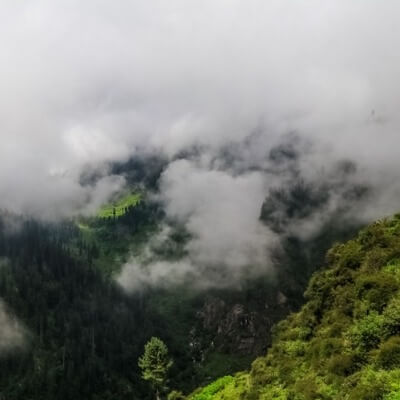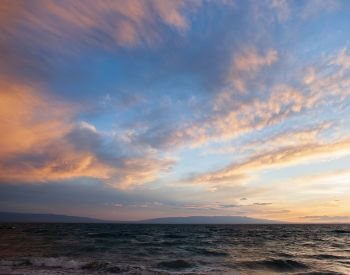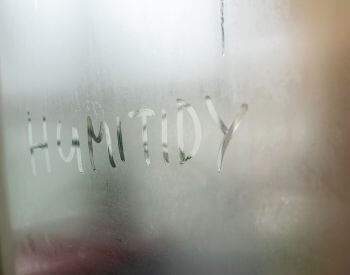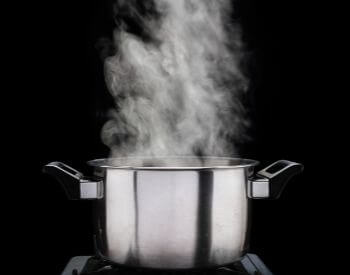
This web page contains evaporation facts for kids and is an excellent resource for anyone of any age looking to learn about this important process. Our goal is to provide you with accurate, up to date facts about evaporation. In addition to facts about evaporation, we provide additional resources to help you with your research on this core process of the water cycle.
The evaporation facts below will help you learn about the evaporation process, how the evaporation process works, how evaporation helps the Earth’s water cycle and other evaporation related facts. We hope these evaporation facts are interesting and help you learn more about vital process in the Earth’s water cycle.
If any of the below evaporation facts are inaccurate, please contact us and let us know.
21 Evaporation Facts for Kids
- Evaporation is the process of liquid water turning into a gas (vapor).
- Evaporation is a vital component of the Earth’s water cycle.
- Evaporation supports the replenishment of freshwater sources all over the planet.
- The sun powers the evaporation process on Earth via solar energy.
- Water evaporates when molecules on its surface absorb enough energy
- Evaporation occurs when molecules close to the surface of water start to absorb energy.
- Water molecules that absorb enough energy can overcome vapor pressure.
- Once the water molecules overcome vapor pressure they can escape into the atmosphere as a gas.
- These molecules form together in the upper atmosphere to form clouds. These are the same clouds that produce precipitation, like rain or snow.
- Condensation is the reverse process of evaporation, where vapor water turns into a liquid. You’ll see condensation appear on your mirror when you take a shower or on your window after you boil water.
- The rate of evaporation can be affected by a few different things.
- The rate of evaporation increases when the surface area of water increases.
- The rate of evaporation decreases when humidity levels are high near the source of water.
- The rate of evaporation increases when wind is blowing on it.
- The rate of evaporation increases when the temperature of the source of water increases.
- Water can evaporate just above freezing; however, the process is faster in warmer temperatures.
- Humans can also be the source of evaporation, think of the steam from a hot shower or boiling water.
- When a human heats water at or above 212 °F it starts to evaporate more easily. The stem that released from the boiling water is caused by evaporation.
- Table salt can be created using evaporation. Seawater as it evaporates leaves behind its salt content.
- A solar still uses evaporation to turn seawater into drinking water.
- You can build a solar still by dig a hole in the ground and covering the soil with a plastic layer. Fill in some of the hole with seawater. Place an object in the middle that can hold a container above the seawater. Place your container on top of the object and cover the hole tightly with more plastic. Put a small rock in the middle of your plastic top, just above the container. As the sun heats the seawater, pure water evaporates and gets trapped by the plastic, travels towards the divot created by the rock and drops into the container.
Evaporation Pictures



Additional Resources on Evaporation
- Evaporation and the Water Cycle – Learn about the evaporation process in the water cycle on the USGS website.
- The Process of Evaporation – Discover the process behind evaporation on the National Geographic website.
- The Water Cycle – Watch this awesome video that talks about evaporation and the water cycle on YouTube.
- Evaporation – Wikipedia – Find more cool facts and information about Evaporation on the Wikipedia website.
